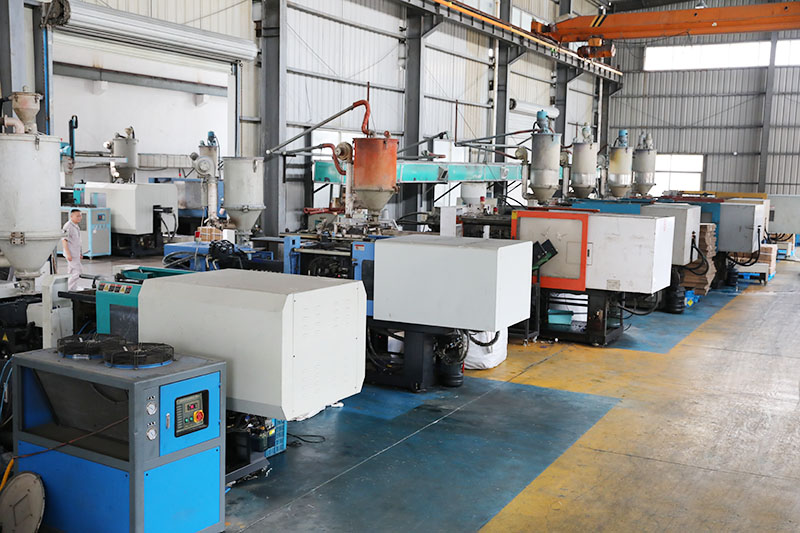The working principle of a Pet Blow Molding Machine can be broken down into four basic stages: preform loading, heating, blowing, and cooling.
In the first stage, preforms are loaded into the machine’s hopper. Preforms are small plastic tubes, typically made of Polyethylene Terephthalate (PET), that are shaped like the final container. They are usually produced separately in a different process and stored in bulk for future use. The hopper feeds the preforms into the machine’s oven for the next stage.
In the second stage, the preforms are heated in the oven. The oven is a chamber that uses infrared radiation to heat the preforms to a specific temperature, typically between 100 to 120 degrees Celsius. This process is crucial because it softens the plastic and makes it more pliable. The softened plastic is then transferred to the next stage of the process.
The third stage is the blowing stage. In this stage, the softened preforms are transferred from the oven to the blowing station. The machine uses a mechanical arm to pick up the preforms and place them in the blowing station. Once the preforms are in place, the machine uses compressed air to blow them into the shape of the final container. The air pressure is carefully controlled to ensure that the container has the desired shape and thickness. This stage is critical because any mistakes can lead to defective containers that do not meet the required specifications.
The final stage is the cooling stage. In this stage, the newly formed containers are cooled down to room temperature. The machine uses a cooling system to reduce the temperature of the containers gradually. This is important because sudden temperature changes can lead to the deformation or cracking of the containers. Once the containers have reached room temperature, they are ready to be removed from the machine.


 English
English Español
Español
-1.jpg?imageView2/2/w/300/h/300/format/webp/q/75)










